Samsung just pulled back the curtain on its most ambitious foldable project yet, and the timing could not be more strategic. The company's tri-fold smartphone prototype made its public debut at the K-Tech Showcase in South Korea, the first time we have seen Samsung officially acknowledge what industry watchers have been anticipating for months (Lowyat). The device sat behind protective glass, sure, but this was the clearest look yet at what could be called either the Galaxy G Fold or Galaxy Z TriFold. It reads like Samsung’s bold response to intensifying competition in the foldable space.
The reveal tells a story about positioning, not just hardware. Images from South Korea’s Chosun Daily show the device both compact and fully expanded, a neat before and after that hints at mobile productivity shifting under our feet (Lowyat). Another incremental foldable? Not this time. It feels like a calculated swing at the boundary lines between smartphones, tablets, and work machines, like pocket origami with a purpose.
What makes this tri-fold design so compelling?
The engineering lands once you realize Samsung is chasing three distinct experiences in a single device. Fully folded, you get a familiar 6.5-inch smartphone that matches the current Galaxy Z Fold7’s dimensions, pocket friendly and easy to use one handed (Lowyat). Quick replies. A call before a meeting. Tap, slide, done.
Then the trick. Unfold it partway and an 8-inch canvas appears, good for reading on a commute, jotting notes, or running two apps side by side without squinting. Open it all the way and you are looking at a 10-inch display, the kind of space that finally earns the tablet label for work, split screen research, or a movie on the couch after dinner (Android Central). Each mode fits a moment, not just more acres of OLED for the sake of it.
The dual hinge inward fold is a thoughtful touch. Both sides close toward the main display, so the flexible screen stays protected in your bag, a direct answer to durability doubts that have shadowed foldables since day one (Android Central). Bigger screen, yes. Smarter use of it, also yes.
The specs that power this folding marvel
Samsung specced it like a flagship, because a tri fold demands it. The device runs Qualcomm’s Snapdragon 8 Elite, the same chip in Samsung’s current top phones, so multitasking across that sprawling screen should feel instant, not like juggling tabs on an old laptop (Lowyat).
The camera setup pushes beyond prototype territory. Reports point to a triple camera system centered on a 200 megapixel main sensor with 100x zoom capability (Korea Herald). That is a swing at parity with Samsung’s best camera phones, not a compromise because the form factor is new.
Just as crucial, Samsung is building One UI features tuned for tri fold behavior, including 25W wireless charging optimization for the larger form factor (Lowyat). Leaked animations show multitasking tricks like running Galaxy AI in a dedicated panel that occupies roughly a third of the full display (Android Police). Hardware and software marching in step, or it never quite gels.
Limited availability and premium positioning
Samsung’s production plan blends ambition with caution. The first run is pegged at about 50,000 units, an intentional move that frames this as a showcase device rather than a mass market flood (Lowyat). Scarcity lets Samsung listen, tweak, and harden the process before deciding how far to scale.
Availability will be limited to select markets including South Korea and China, with reports naming the UAE and (less-certain) US availability in some leaks. Pricing sits around 2,800 dollars, squarely in ultra premium territory (Lowyat). Sticker shock, yes. Niche statement piece, also yes.
This controlled rollout echoes Samsung’s approach with experimental models like the Galaxy Z Fold SE, where limited runs test demand without overloading factories or risking brand headaches if early issues pop up (SamMobile). It favors learning over land grab.
Strategic implications for the foldable future
The tri fold prototype reads as a strategy memo in hardware form. Samsung Electronics President TM Roh confirmed in July that the tri fold would launch this year, a signal that Samsung intends to hold onto foldable leadership even as rivals step on the gas (Lowyat). Message received.
The K Tech Showcase timing, after rumors pointed to a launch this month, suggests Samsung is placing its pieces carefully rather than sprinting to the finish line (Lowyat). Samsung’s stated intention to let users experience tri fold innovation by 2025 points to a launch in the coming months, positioned to go head to head with Huawei’s tri folds while leaning on Samsung’s strength in Western markets where Huawei devices are absent (Beebom, Phone Arena).
This move effectively blesses tri folds as a real category. What started as a Huawei experiment now looks like the next tier in premium mobile, a space where phones, tablets, and productivity tools blend depending on the hour. My bet, once the software nails the three mode dance, the dam breaks.
The Samsung tri fold prototype is a sharp glimpse at where mobile computing is headed, with devices shaped around our routines instead of rigid labels. We are still waiting on final availability details and exact launch timing, but the public showcase says Samsung is confident in both the tech and the moment. Whether it sparks mainstream adoption or stays a luxury niche will come down to one thing, whether Samsung turns all that engineering into everyday value for people ready to try the next chapter.




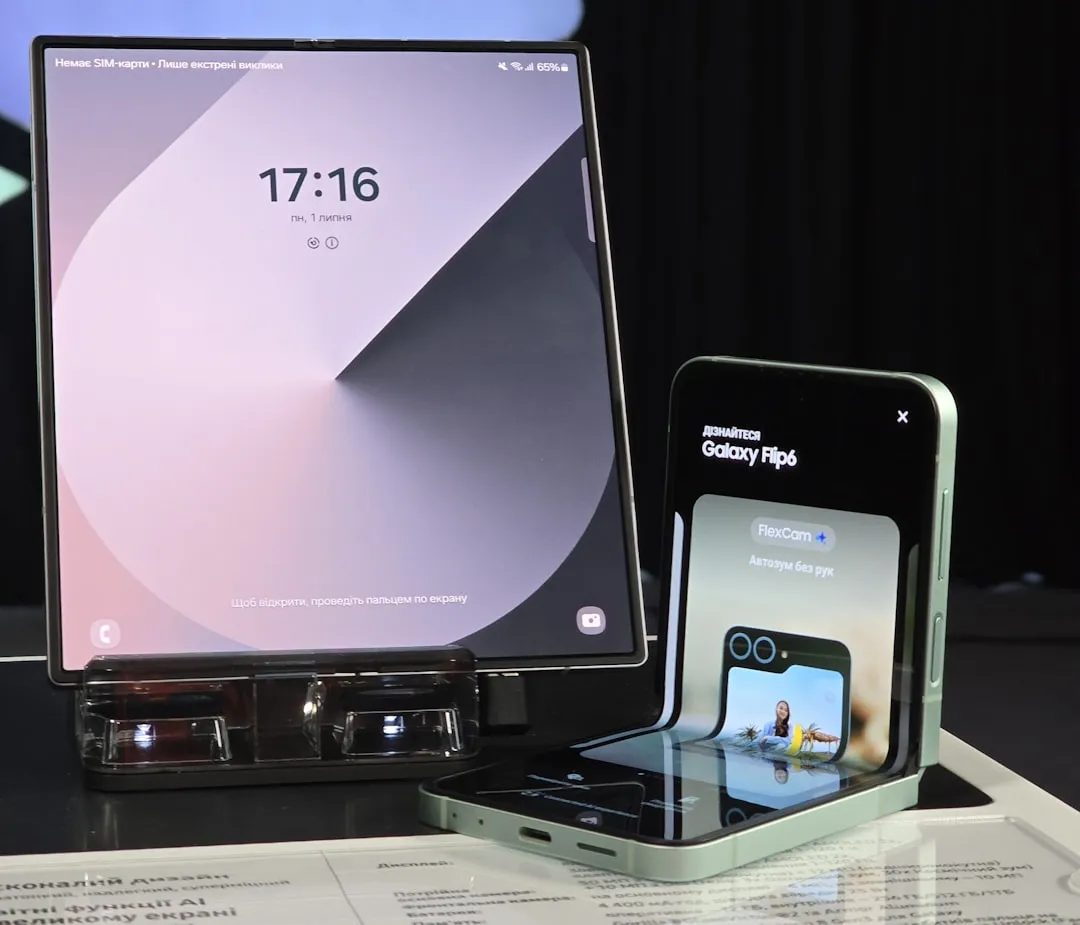
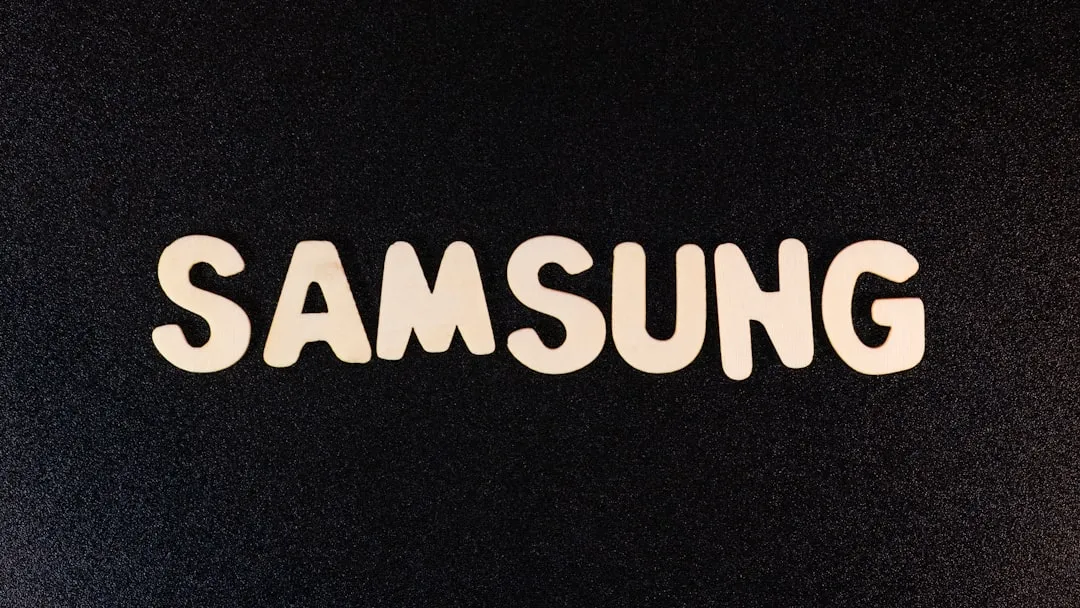
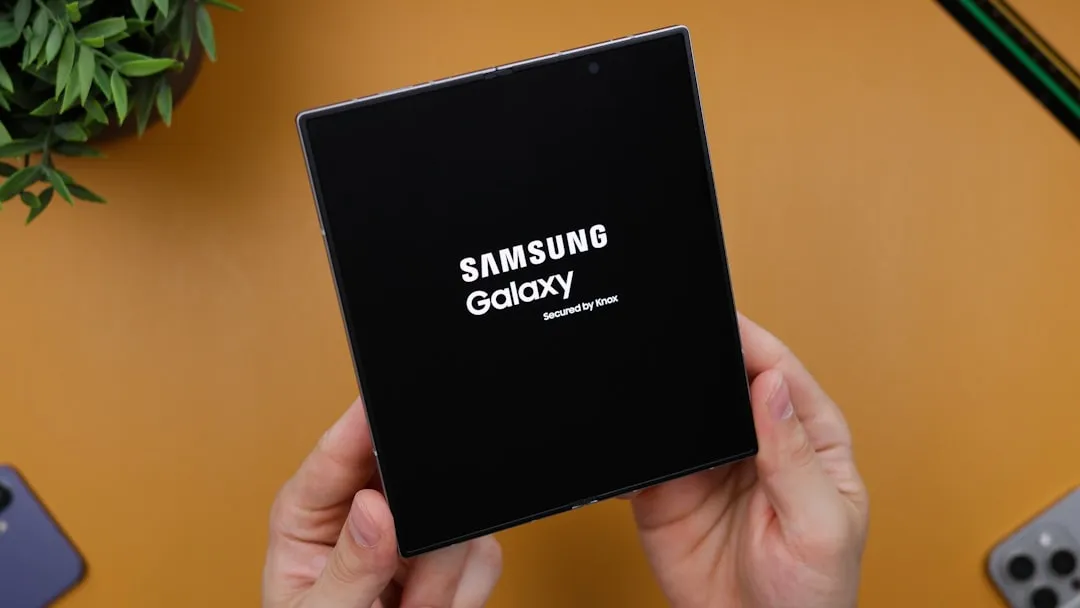
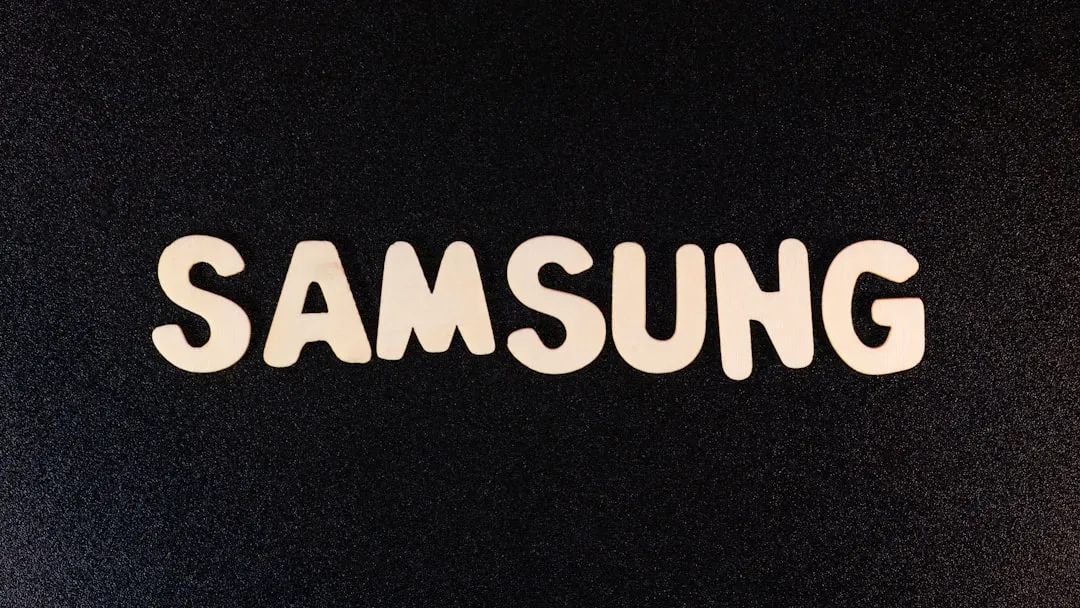
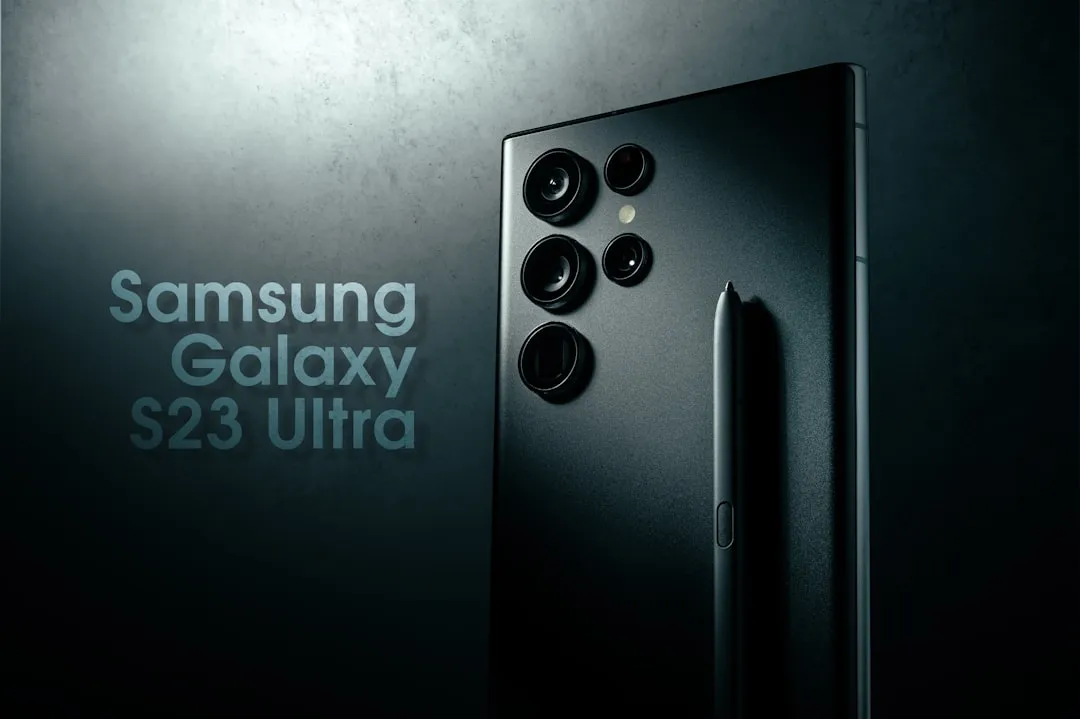
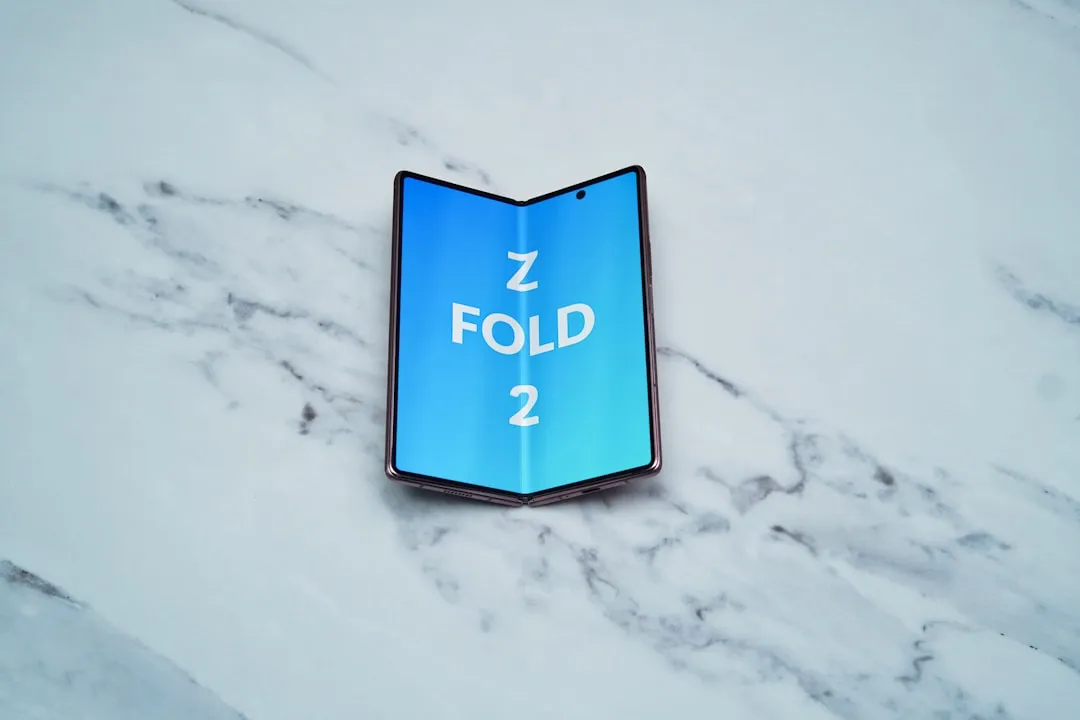



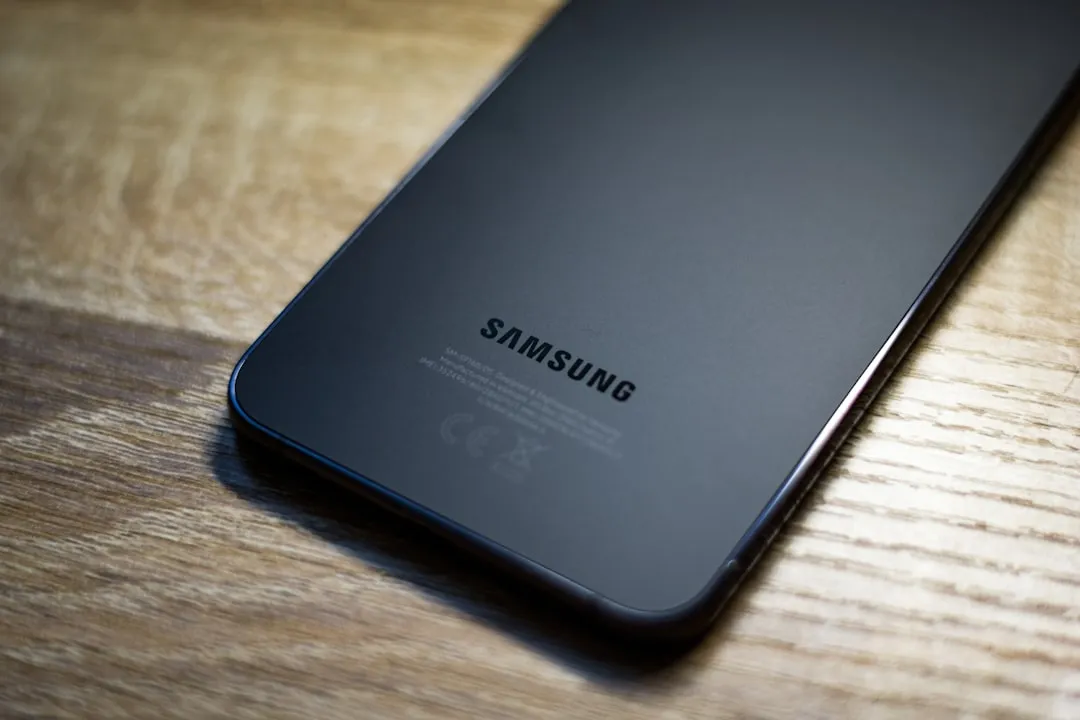
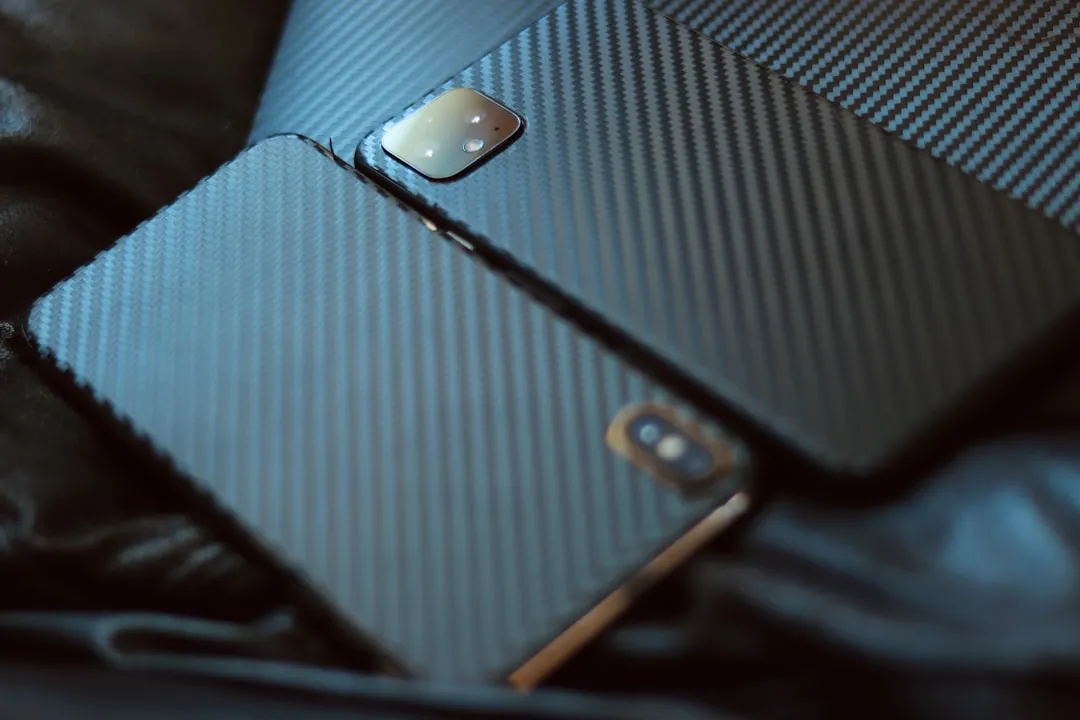


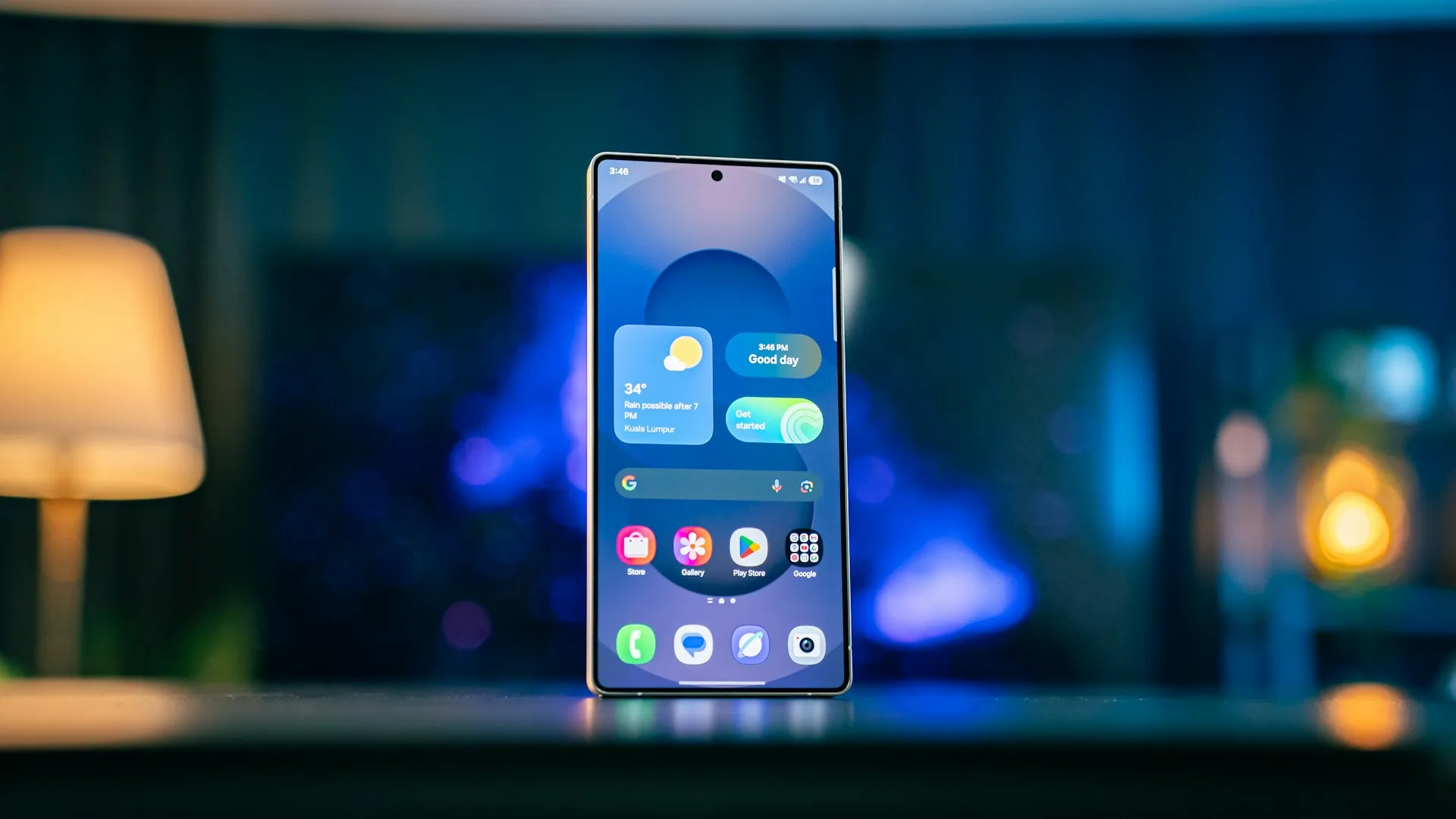
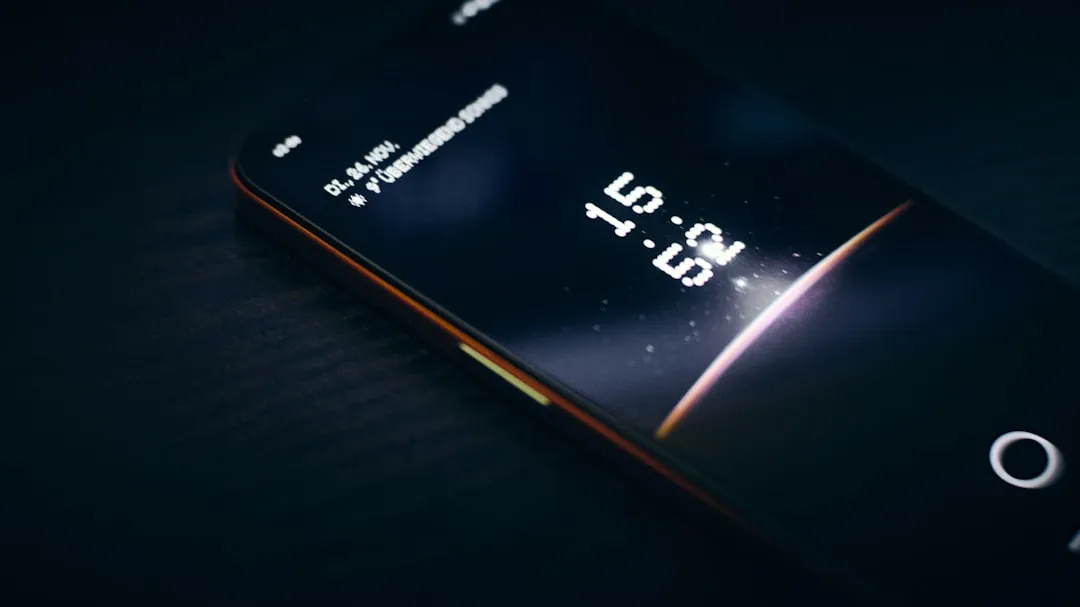

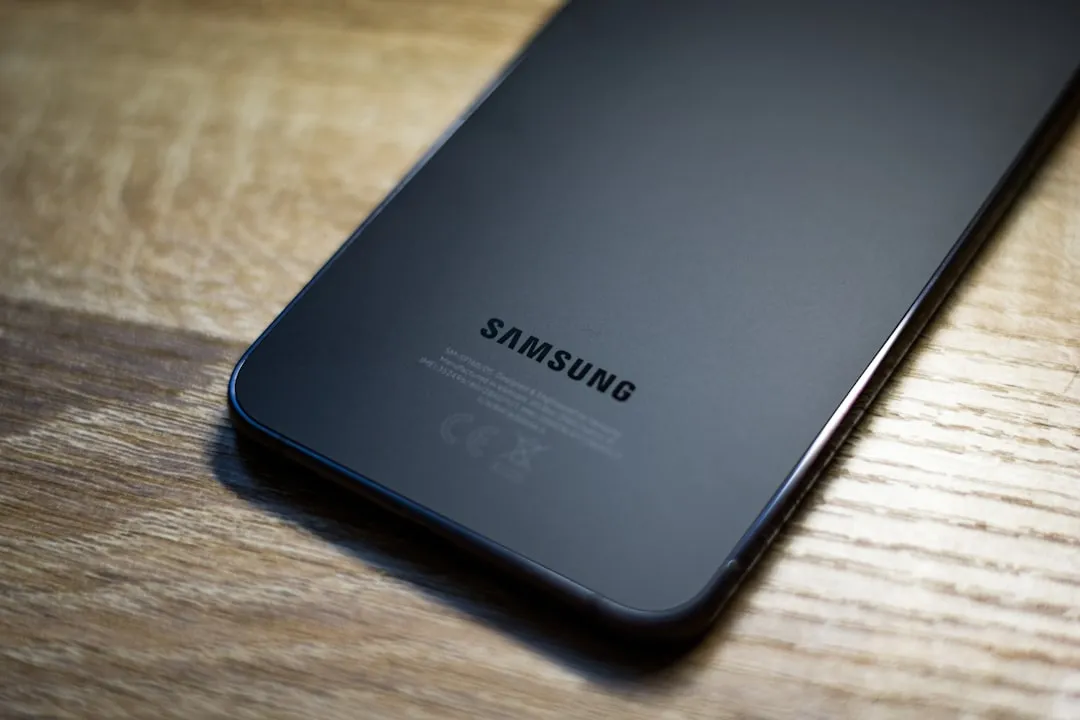
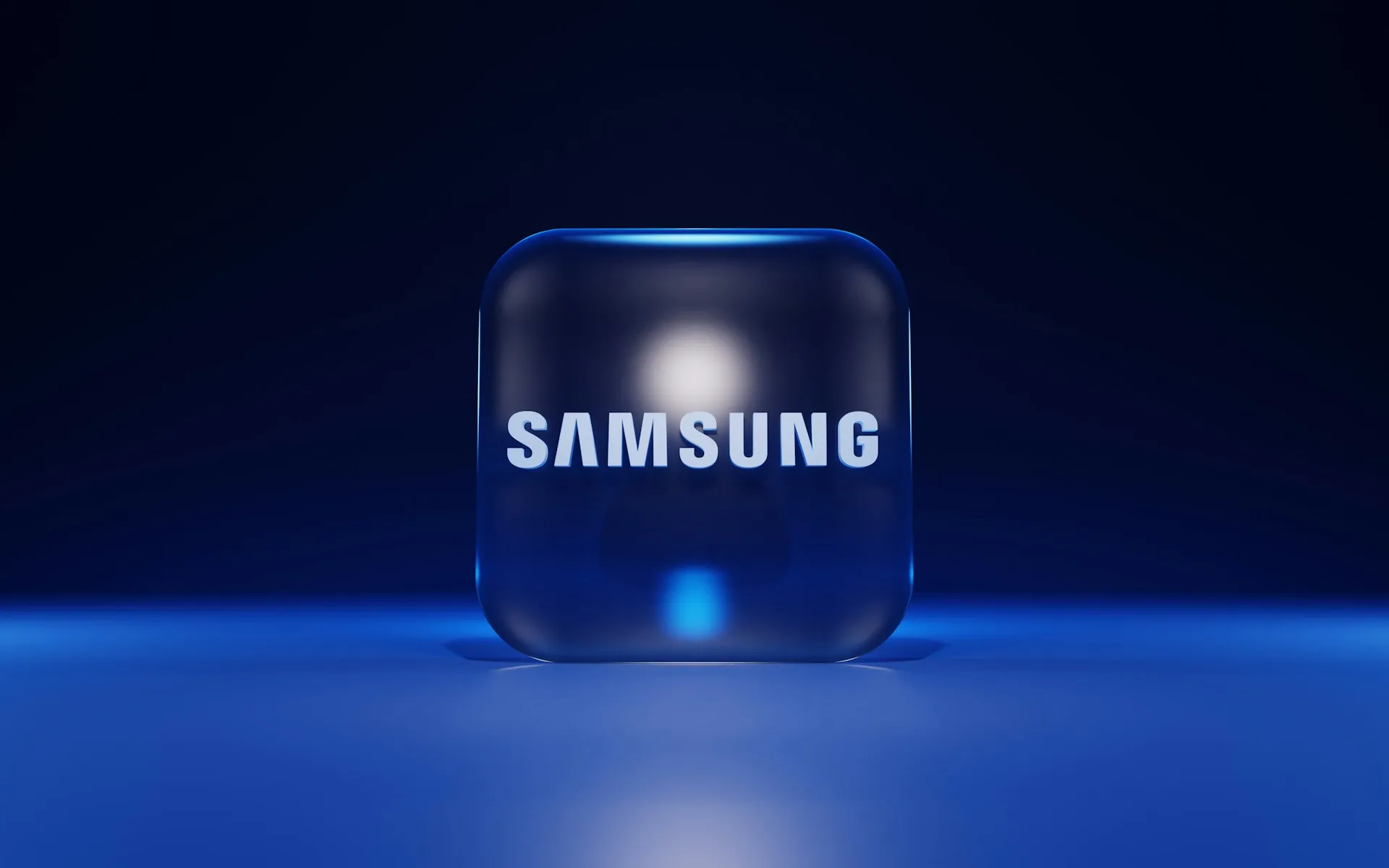

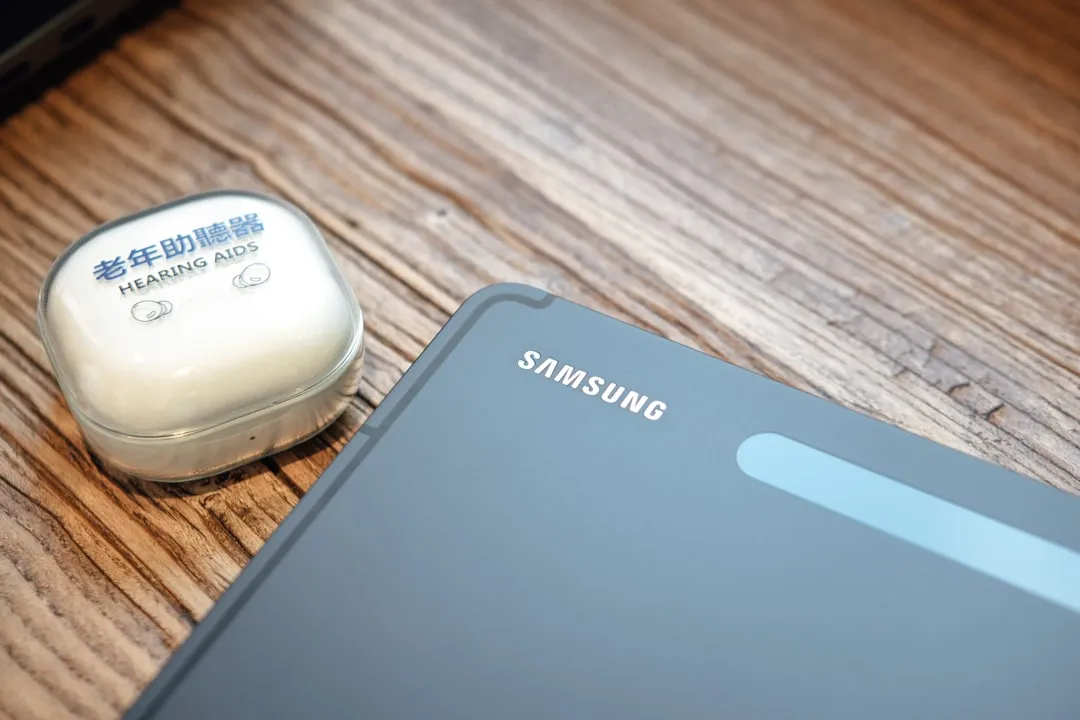

Comments
Be the first, drop a comment!